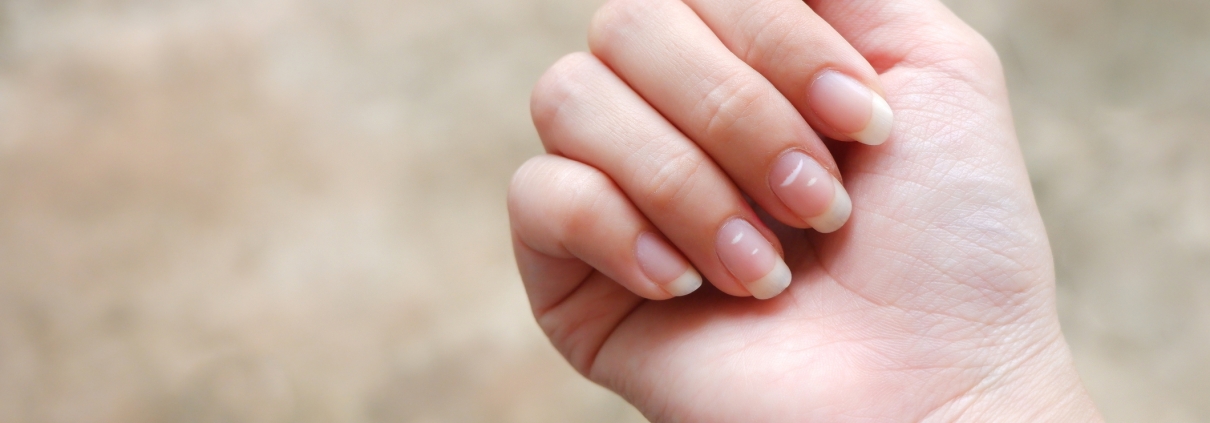Different Types of Spots on Your Nails
Our nails are more than just aesthetic adornments; they can also serve as windows into our overall health. Changes in nail color, texture, or appearance can sometimes indicate underlying health issues or nutritional deficiencies. Among the various nail abnormalities, spots are a common occurrence that can vary in appearance and significance. In this article, we explore the different types of spots that can appear on your nails, what they may indicate, and when to seek medical attention.
1. White Spots (Leukonychia):
White spots on the nails, also known as leukonychia, are one of the most common nail abnormalities. These spots can manifest as small dots or larger patches and are typically harmless. While many people believe that white spots are caused by a calcium deficiency, they are more commonly associated with minor trauma to the nail matrix, such as banging your finger or excessive nail biting.
2. Yellow Spots:
Yellow spots on the nails may be caused by various factors, including fungal infections, nail polish staining, or smoking. Fungal infections, such as onychomycosis, can cause the nails to become thickened, discolored, and brittle. If you notice persistent yellow spots on your nails, particularly accompanied by changes in texture or thickness, consult a healthcare professional for evaluation and treatment.
3. Brown or Black Spots:
Brown or black spots on the nails can be more concerning, as they may indicate the presence of melanoma or other forms of skin cancer. These spots may appear as dark streaks or bands under the nail plate and can gradually increase in size over time. If you notice any new or changing brown or black spots on your nails, it’s essential to seek prompt medical evaluation to rule out serious conditions.
4. Splinter Hemorrhages:
Splinter hemorrhages are small, linear red or brown streaks that resemble splinters under the nails. They are caused by tiny blood clots that form under the nail plate and are often associated with trauma, such as slamming your finger in a door or vigorous nail filing. In some cases, splinter hemorrhages may also be a sign of underlying medical conditions, such as endocarditis or vasculitis, so it’s essential to consult a healthcare professional if you notice them.
5. Beau’s Lines:
Beau’s lines are horizontal indentations or ridges that appear across the nails and are typically indicative of systemic illness or severe stress. These lines develop when nail growth is temporarily disrupted, such as during an illness, injury, or chemotherapy treatment. Beau’s lines are not usually a cause for concern and will grow out as the nail regenerates.
When to Seek Medical Attention:
While many nail spots are harmless and may resolve on their own, certain changes warrant medical evaluation. Consult a healthcare professional if you notice:
Persistent or changing spots on your nails, particularly brown or black spots.
Signs of infection, such as redness, swelling, or pus around the nails.
Changes in nail texture, thickness, or shape.
Nail abnormalities accompanied by other symptoms, such as pain or discomfort.
Conclusion:
Spotting changes in your nails can sometimes be a cause for concern, but understanding the different types of spots and their potential causes can help you make informed decisions about your health. While many nail abnormalities are harmless and may resolve on their own, it’s essential to pay attention to any new or changing symptoms and seek medical attention if needed. By staying vigilant and proactive about your nail health, you can ensure that your nails continue to serve as indicators of your overall well-being.





